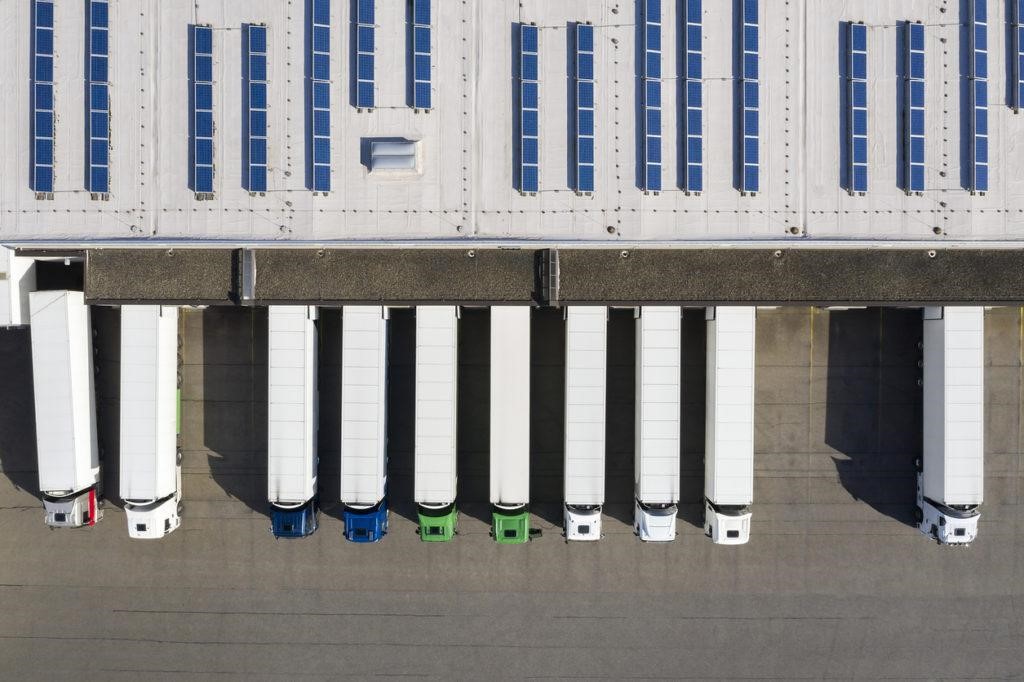From all the packing supplies needed for safe transport to all the stuff and junk people leave behind, moving is considered to be a wasteful process. But it doesn’t end there. The act of transporting the goods from one place to another, burning fuel to do so, is the topmost reason why moving business is one of the top contributors to Earth’s greenhouse gas emissions.
Being in the transport industry, it is not almost an impossible feat for man with a van service providers like Upmove.com.au to find ways to be sustainable. But many experts are trying to find solutions to aid the environmental problem, one of these is through route and capacity planning.
So how is this going to be the key to sustainable moving business?
Route planning means computing the most cost-effective route by minimizing the distance travelled and/or time taken while maintaining the same or higher performance level. For a moving company, it is important to group the transport jobs into routes and place them in a sequence.
Moving companies and individual providers (like two men and a truck) should have real-time route updates like traffic conditions, poor weather conditions, customer’s requests to cancel or re-schedule their move, etc.
Improving customer interaction can help with route planning as well. Removalists should let their customers know if they are running early or a little late, and customers letting the removalists know if there are any issues causing a delay on their end will help so that the removalists will not fall behind their schedule, especially on long-distance or interstate removals.
With the ability to plan and monitor moving routes more carefully, removalists can avoid traffic and other delays that can lead to idling. Idling happens when a truck is stuck in traffic or when it is parked waiting for the loading and unloading of the goods. This results in wasted fuel.
Keeping all this in mind for route planning, moving companies can run smoother transportation routes, allowing them to be more efficient on their fuel usage.
Capacity planning refers to the process of matching production capacity with demand. The benefit of having a capacity plan is that a business can have a solid understanding of its capacity therefore they are able to identify which types of projects to accept or to refuse.
When a moving company accepts a moving job, they need to have the capacity to perform the job efficiently. This means designating enough men to do the move, having the right vehicle or truck that could fit the item/s to be moved, and the equipment to perform a different type of moving tasks. Removalist should take this into account prior to accepting a moving job. A man with a van is best to perform smaller moving jobs locally, like one-bedroom house move or furniture removals while two men and a truck can accept a bigger moving job.

Capacity planning is much important for large moving companies and interstate removalists who do long distance moving. Travelling long routes, it is important for them to make sure that their vans or trucks are in full capacity to maximize the trip. When running a specific route, a removalist should plan on how he can fill the truck or trailer. But it’s not just filling the trailer in terms of space, maximum legal weight must be taken into account, as well as the ability of the removalists to meet customers ETA commitments.
Changing the way moving companies do their business is essential to addressing environmental challenges. With enough planning, one can see hope in creating a major contribution to protecting the environment, not just by the moving business, but the whole transportation industry.





